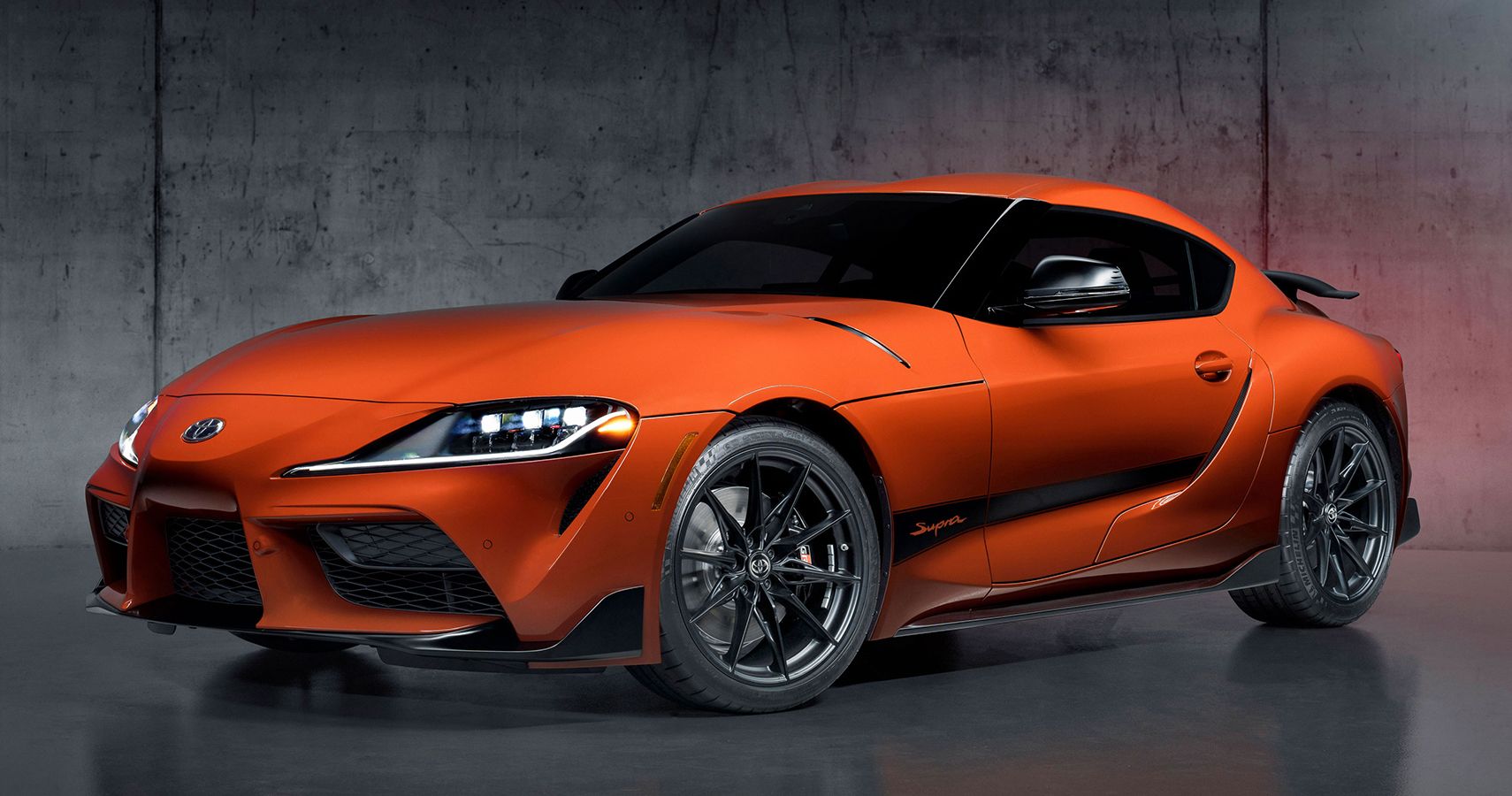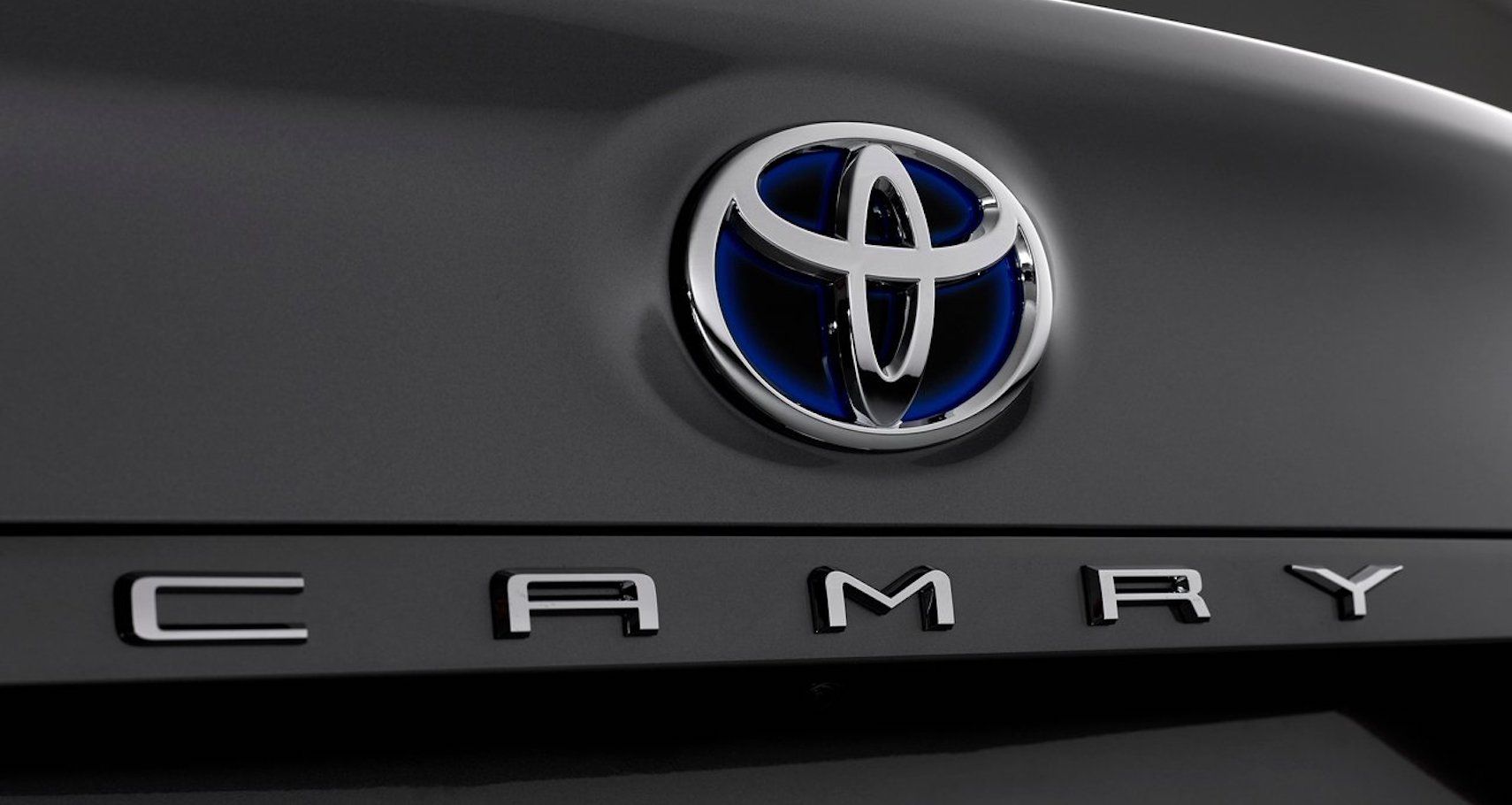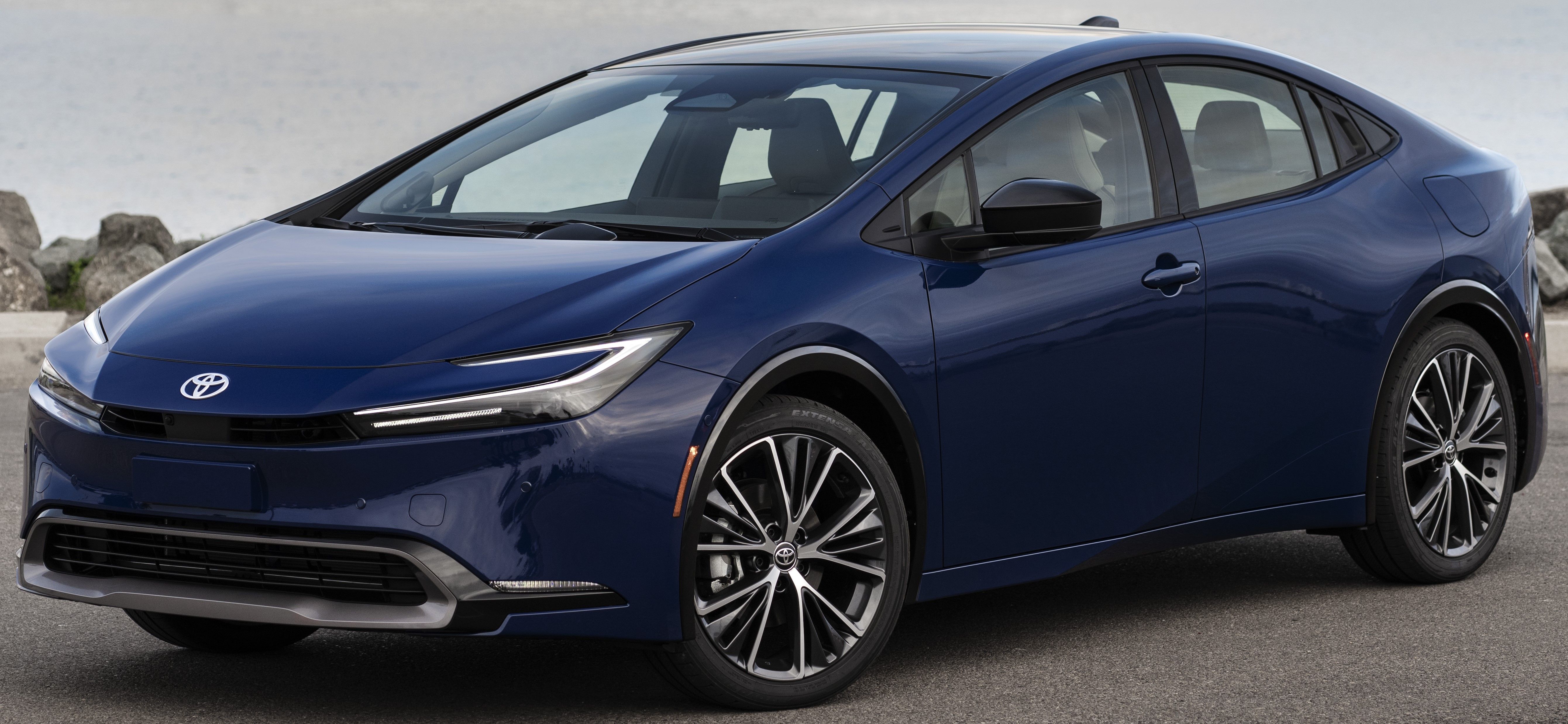Summary
- Toyota’s success as one of the biggest automotive brands in the world can be attributed to their dedication to producing high-quality and affordable vehicles.
- The company’s iconic production process, known as the Toyota Production System (TPS), revolutionized the automotive industry in the 1950s and focused on waste reduction, just-in-time production, and adding high quality to the production process.
- The Kaizen philosophy, which emphasizes continuous improvement, has been deeply integrated into Toyota’s operations and has played a crucial role in their ongoing development and success in the automotive industry.
The automotive industry has been in a state of constant evolution ever since the days of the very first production vehicles, and a number of the finest manufacturers have established themselves through the changes they have made to the car world, coming together to bring it to where it is today through an ever-present dedication to improve. One such manufacturer who has made a habit of doing exactly this at the highest level for many decades is the legendary Japanese manufacturer, Toyota.
One of a handful of manufacturers that can truly call themselves worldwide, Toyota has been able to create some of the most iconic vehicles of all time in a whole host of styles. From SUVs to compacts, and luxury vehicles to true sports cars, the qualities that tie Toyota’s vehicles together are class, affordability, and reliability. But how did Toyota get to be one of the biggest brands in the world? Here’s the story of the manufacturer and how they mastered the art of producing high-quality, affordable vehicles.
Toyota’s Roots Of Success
Believe it or not, the Toyota story does not begin with a car or any vehicle of any type. No, this icon of the automotive world began life as a textile machinery manufacturer as a division of Toyoda Automatic Loom Works all the way back in 1926. It was ten years later, in 1936, when Toyota introduced its very first vehicle, the Model AA, its first passenger car. The car was cheaper than alternatives made by already-established manufacturers such as Ford and GM and orders started rolling in, with the company fulfilling their first export order in the same year.
Toyota’s Earliest Models
- Toyota Model AA sedan: Released in 1936
- Toyota Model SA passenger car: Released in 1947
The Second World War put a stop to the burgeoning company’s operations within the civilian automotive sector, and the manufacturer joined their country’s war effort, producing military vehicles despite being subject to bombing by the Allied forces. Following the war, Toyota struggled immensely for a few years due to a number of factors. The bombing they had faced during the conflict had seriously damaged their production plants, and a U.S.-led ban on the production of passenger cars within Japan dramatically shrunk the quickly-growing company. Toyota was able to stay in business through the rest of the ’40s by repairing American military vehicles and the limited production of some trucks for civilian use. But, in the ’50s, the manufacturer used its weaker position to adapt its production process, establishing their own unique style of vehicle production.
Revolutionizing The Production Process
Production Numbers:
|
Year |
Toyota Production Numbers |
|
1949 |
10,824 |
|
1959 |
101,194 |
The 1950s saw the beginning of Toyota’s iconic production process and philosophy, known as the Toyota Production System or TPS. Often referred to in descriptive terms as “lean manufacturing”, the method was established in response to the many serious challenges Toyota was facing in the 1940s due to post-war scarcity of resources, economic constraints, and a need for greater efficiency within the process. The philosophy was spearheaded by vital figures within the company such as Taiichi Ohno, Shigeo Shingo, and Eiji Toyoda. Ohno, especially, is considered the father of TPS for his work in implementing the key principles of the process.
The core thoughts around the Toyota Production System came from the ideas of efficiency expert Frederick Winslow Taylor, the general principles of “lean thinking,” and the now famous, just-in-time production concept. The key principles of TPS included the elimination of waste or Muda. This is the relentless pursuit of waste reduction within the production process to lower costs and increase efficiency. In addition to this, the just-in-time (JIT) production process is vital to TPS. This involves the production of goods and components as orders come in to match demand, rather than making goods in advance of orders. Again, JIT allows Toyota to increase the efficiency capabilities of its production process.
Jidoka is another vital part of the TPS method. This is the concept of adding high quality to the production process so that it is able to alert workers when something has gone wrong. Things such as automatic stops and defect reports enable workers to rectify any production issues as quickly as possible, ensuring they are not passed too far downstream creating larger problems for the company. The final main point of Toyota’s production method is the Kaizen philosophy, a unique facet of Toyota that has helped them to stand out from the rest.
The Kaizen Philosophy
The Kaizen Philosophy is fundamental to the way Toyota has operated for decades and has become part of the blueprint and identity of the company. Kaizen is a Japanese term that means “continuous improvement” and it is reflected in everything the company has done throughout its history. The Kaizen philosophy is deeply integrated into the company and is part of their everyday operations, with the manufacturer strongly encouraging incremental enhancements to all elements of their operation. In practice, this means that suggestions from employees on areas such as methods of streamlining waste production, improving the assembly line, or, indeed, anything else that could improve efficiency or productivity are encouraged and, often, implemented.
Toyota also uses techniques such as The Five Whys to get to the root source of issues within the company, and they have a razor-sharp focus on data, implementing change based on what their research tells them and never resting on their laurels when it comes to improving quality within the company.
The Kaizen Philosophy has been crucial to the ongoing development and improvement of Toyota, ensuring their position at the top of the automotive industry is never in question, and their products continue to push the sector forward.
A Truly Global Impact
Toyota’s presence throughout the entire world confirms its status as one of the world’s premier automotive manufacturers. The company has become a symbol of Japanese excellence and helped to establish the nation as one of the leading lights in the sector with other brands such as Lexus, Mitsubishi, and Nissan cementing Japan’s reputation. Toyota’s post-war contribution to the automotive world, especially in its innovative and pioneering production methods can be attributed to its position in the market. The company’s constant innovation can be seen in recent times with its focus on the hydrogen fuel cell, and, previously, its belief in the hybrid formula with the trailblazing Prius, a car far ahead of its time that helped to kickstart a new dawn in the automotive industry.
Toyota has achieved consistent quality and profitability at reasonable prices through its famous production strategy, TPS, and, as the automotive world continues to evolve, the company does too. As EVs have become a staple part of the sector, Toyota has recently announced a whole range of 15 new EVs to come under the bZ banner by 2025, helping them to truly establish themselves within the area, and, given the company’s reputation, it’s more than likely that they’ll be affordable, reliable, high-quality vehicles.
As the sector continues to morph and change, Toyota will need to maintain its approach to evolution, embracing the Kaizen philosophy in order to hold onto its position as one of the premier brands in the automotive world. The move to sustainable power within the sector will give rise to new manufacturers with fresh ideas and unique offerings, but Toyota’s continued endeavors in excellence and their strong philosophies should provide them with more than enough firepower to continue to excite gearheads around the world.
Credit: Source link



